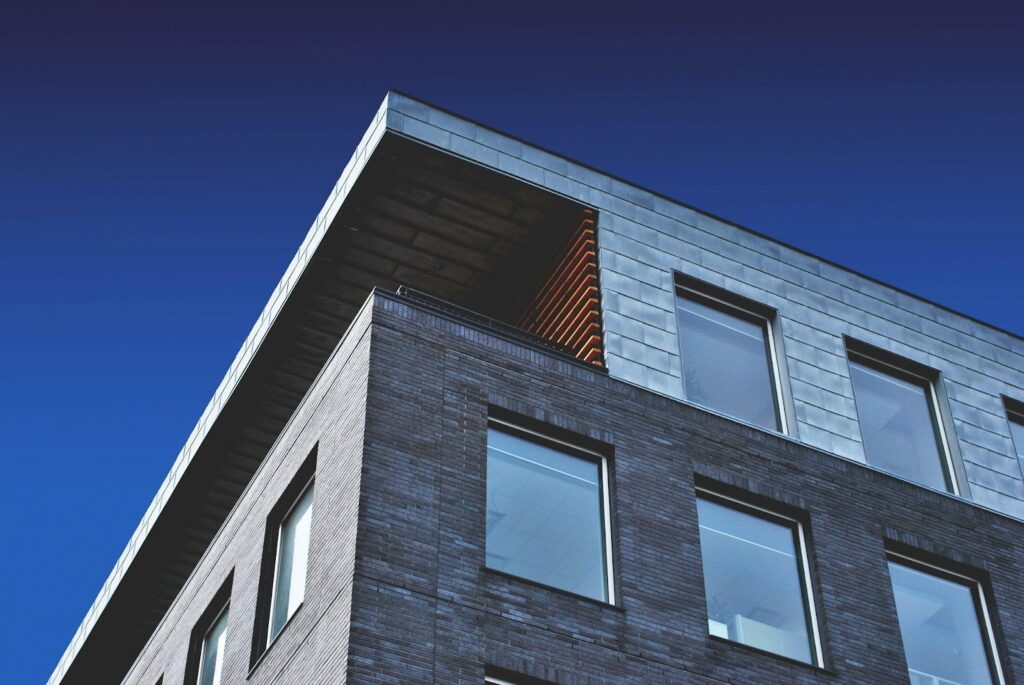Today in Ottawa you can find windows that are completely different in cost and functionality. But this was not always the case, because before technological innovations were invented, all houses had wooden frames. At every stage of development, people tried to bring something new, improve energy efficiency and attractiveness to make residents comfortable and safe.
Thanks to technological progress and innovation, today residents can afford any kind of window. If they look for window installation ottawa they can choose the best companies that offer various options in a wide price range. Let’s take a look at how the evolution of window installation methods took place in Ottawa.

Early stages: wooden frames and handwork
At the beginning of the 19th century, windows in Ottawa, as in most other places, were primarily made of wood. At the same time, of course, there was no machine production, and they were all made by hand – this cost a lot of time and human effort. Due to this, the cost increased and not every family could afford many windows in the house. The windows were single-layer – therefore, there was no question of any good thermal insulation. However, despite the old techniques, even such windows, thanks to local craftsmen, withstood the harsh Canadian winters. Time passed, technology progressed.
Industrial Revolution: Mass Production and New Materials
In the middle of the 19th century, the industrial revolution took place. Thanks to this, window installation methods also improved – mass production was launched, and as a result, the manufacturer was able to reduce the time for manufacturing windows and the cost of frames. In addition to changes in technique, new materials also began to be used – cast iron and steel, which were used to strengthen wooden structures. This made it possible to improve the reliability of windows; they began to last longer. One of the most important stages was also the appearance of the first double-glazed windows – these were two layers of glass with an air gap between them. This technology has improved thermal insulation, which has helped reduce people’s costs of heating their homes. Of course, not everyone could still afford such luxury, and the technology itself was very far from what we have now.
20th century: aluminum frames and standardization
In the first half of the 20th century, aluminum became a popular material for window frames. Why this particular material? It’s simple – it’s lightweight and corrosion-resistant. Aluminum frames made it possible to create large window openings. Thanks to this solution, windows also began to look more aesthetically pleasing, and beautiful architectural ensembles appeared.
As building codes and standards have evolved, window installation has become more standardized. The first regulations appeared in the 1950s and 60s. They were designed to improve the thermal insulation properties of windows and their resistance to wind loads – the quality of installation improved, and windows became more affordable.
1970-80s: plastic windows and energy efficiency
The era of plastic windows began in the 1970s. Polyvinyl chloride (PVC) has become the main material for window frames. It was chosen because it is very durable, while retaining its properties for a long time and serving for decades. Moreover, it has the best insulating properties of modern materials. Such windows are the most accessible to customers and they quickly became extremely popular.
The energy crisis of the 1970s made many people think about energy efficiency. Therefore, the number one task in the production and installation of windows was to improve thermal insulation. Double-glazed windows were invented with inert gases (such as argon) between the layers of glass, as well as low-emissivity (Low-E) coatings, which significantly reduced heat loss. All this helped make windows even better quality, especially in the cold Canadian winters and low temperatures.
21st century: innovations and smart windows
In the 21st century, window installation technologies continue to evolve. We will list the main areas of improvement in the manufacture and installation of windows that we currently have:
- High performance materials. Modern windows are made from composite materials that combine the best properties of wood, aluminum and plastic. This allows you to create lightweight, durable and energy-efficient structures. In addition to thermal insulation, sound insulation has also been improved, which allows, for example, noise from the street to be reduced.
- Automation and robotization. Automation of window installation processes has become an important stage in the development of the industry. Modern enterprises use robotic systems for the precise manufacture and installation of window frames and double-glazed windows.
- Smart windows. Smart windows are becoming increasingly popular. They can change transparency depending on light levels, temperature or other factors. Some models are equipped with solar panels that allow you to generate electricity. Smart windows can also be integrated with smart home systems.
Conclusion
Now in Ottawa I manufacture and install windows that meet all international standards and are ready for use in Canadian temperatures. At the same time, progress does not stand still, and thanks to innovation, windows are becoming more energy efficient and environmentally friendly.
